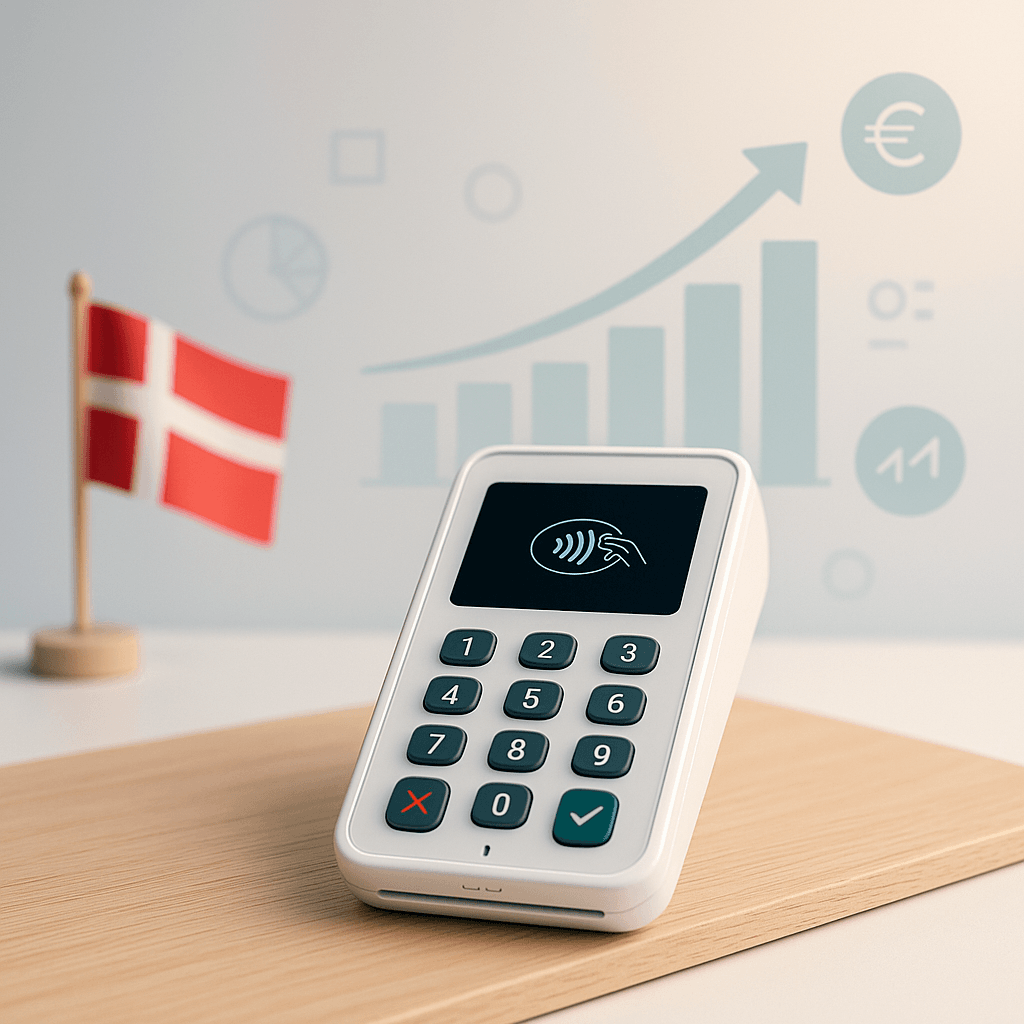FlatPay just burst into unicorn territory with a €145 million funding round, valuing the Danish payment processor at €1.5 billion ($1.75 billion). The three-year-old startup is betting its flat-rate pricing model can steal market share from giants like PayPal and Stripe by simplifying payments for Europe's 99% of businesses that are small-to-medium enterprises.
FlatPay just cracked the unicorn code in record time. The Danish fintech reached a €1.5 billion valuation after only three years, powered by explosive growth that's caught the attention of Europe's biggest payment processors. CEO Sander Janca-Jensen revealed to TechCrunch that the company crossed €100 million in annual recurring revenue this October - and it's growing by nearly €1 million daily.
The numbers tell a compelling story. FlatPay's customer base rocketed from 7,000 merchants in April 2024 to 60,000 today. That's more than 8x growth in eight months, driven by what Janca-Jensen calls a "suitcase strategy" - sales teams literally show up at small business doors with pen, paper, and card terminals for instant demos.
"That's where we come in the door," Janca-Jensen explained, emphasizing the literal nature of their approach. "Every sales person has that suitcase." It's a high-touch strategy that flies in the face of today's digital-first world, but it's working against established players like Adyen, SumUp, and newer sector-focused competitors.
The €145 million Series C round, led by AVP Growth and Smash Capital alongside returning investor Dawn Capital, will fuel FlatPay's ambitious 2026 targets. Janca-Jensen isn't mincing words about growth expectations: "The plan for 2026 is to grow another 300%, so hopefully leave the year with between €400 and €500 million of ARR." That would put FlatPay firmly in the territory of Europe's payment processing elite.
FlatPay's core bet centers on small merchants who represent 99% of European businesses according to EU data. While giants like Stripe and PayPal chase enterprise deals, FlatPay offers flat transaction rates that eliminate the pricing complexity small business owners hate. The strategy is paying off in markets across Denmark, Finland, France, Germany, Italy, and the UK.












